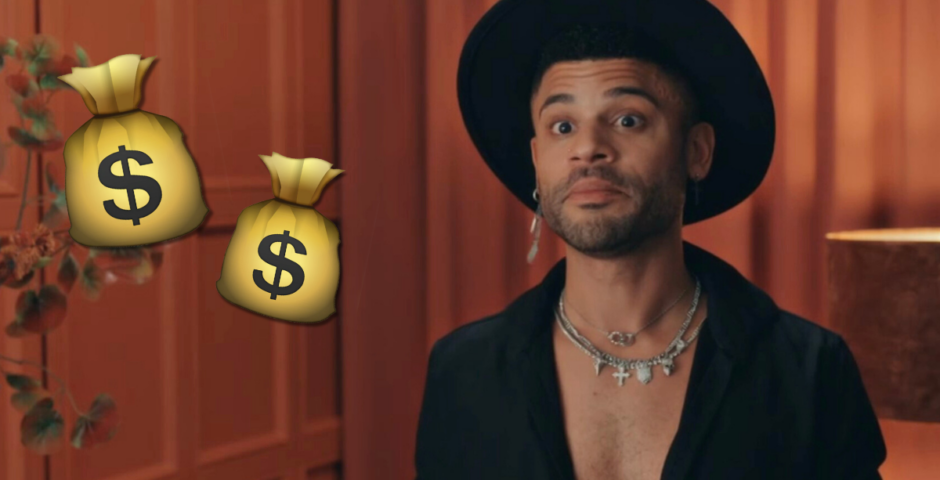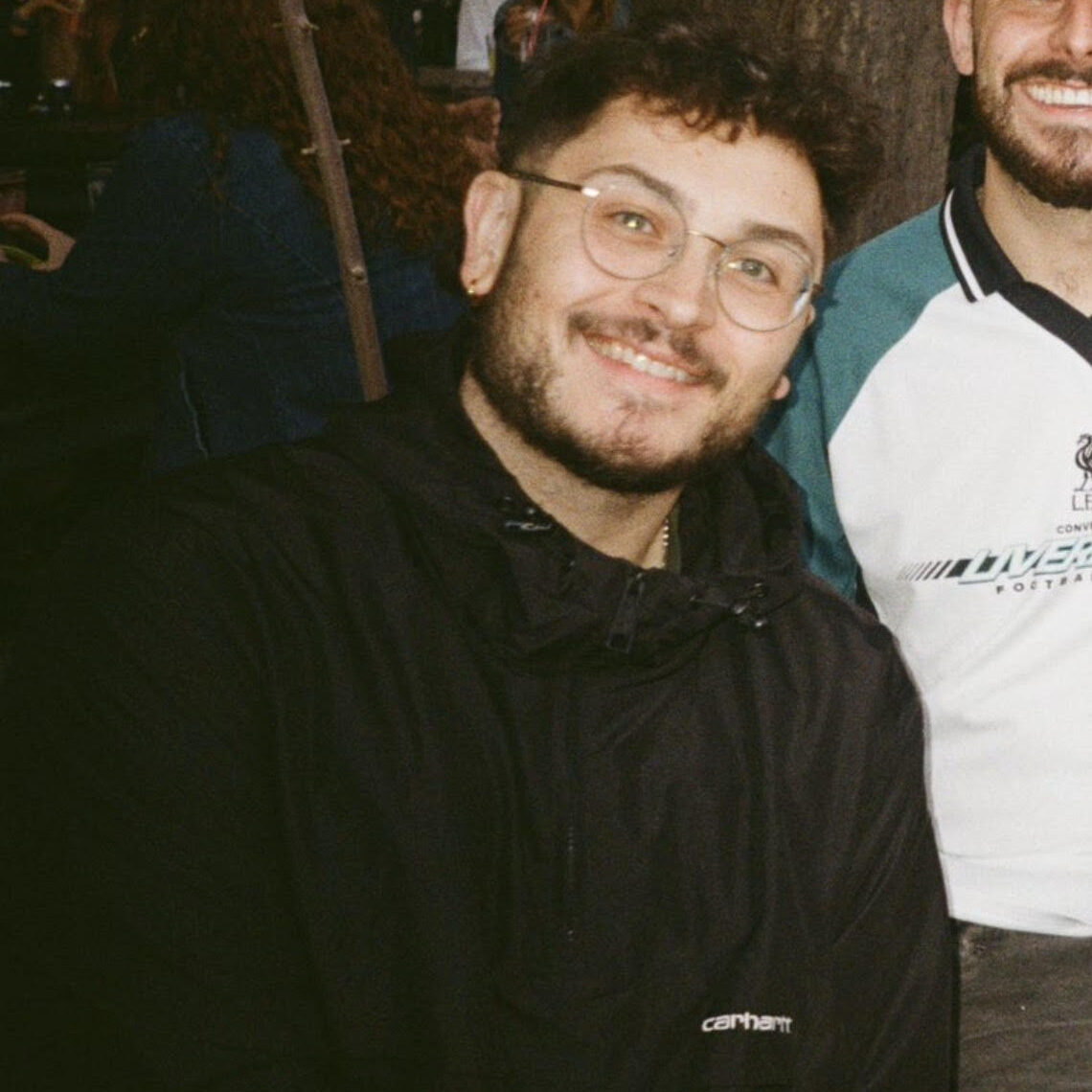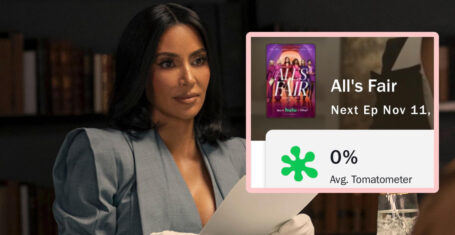
Bristol’s hidden street art: Beyond Banksy
How to talk about the city’s street art without sounding like a total tool
Everyone and their dog knows Banksy is from Bristol. Yes, he’s the poster boy for stencilled rebellion, but the city’s walls are screaming with much more than that, if you can be bothered to look beyond the rat with the paintbrush.
It’s summer now, the sun’s out (for once), and you’re probably going on more walks around the city than you have since lockdown 1.0. Maybe you’re showing your parents around, maybe you’re dragging your flatmate to Easton for an iced oat flat white, or maybe you’re trying to impress a date by pretending you have opinions about art. Either way, Bristol is the street art capital of the UK, and at some point, someone is going to mention Banksy. Again.
But here’s the thing, Bristol’s street art scene didn’t begin and end with a few stencilled rats. If you want to go beyond the obvious (and stop saying “I think that’s a Banksy” every time you see anything painted on a wall), this guide is for you.

The myth of rebellion
Graffiti used to be the ultimate middle finger to authority, illegal, raw, and risky. Now Banksy’s famous Hanging Man (aka Well Hung Lover) is council-approved and featured on tourist postcards. What gives? Has rebellion been replaced with relevance, transforming pieces like these into cultural phenomena?
Most Read
Painted illegally in 2006, it’s a cheeky scene of infidelity dangling over Park Street on the side of a former sexual health clinic. Highly visible and accessible, it contributes to Banksy’s aim of democratising art by taking it out of exclusive galleries. What made it subversive was its daring location and subject matter, mocking public decency and social norms right under the council’s nose. But has since been sanitised into a cultural landmark that is a highlight of many of the city’s walking tours that get in your way on your walk up Park Street to Wills.
So… can street art still be rebellious if it’s officially protected? The answer is messy and probably won’t be reached by the time you finish your walk. While it retains its power to challenge social norms and reclaim public space, once a piece becomes institutionalised, it loses some of its anarchic edge.
Next time you’re walking past, try dropping this line: “Funny how something illegal is now council property and a must-see.”

The street as curator
Good street art doesn’t just sit on a wall but interacts with the city itself. Take El Mac’s Mother and Child on Nelson Street. It turns a brutal concrete block into a soft, modern Madonna and child scene. A total mood shift.
Then there’s Aryz’s Wolf Boy, which weaves around cracks and gaps in the wall like they’re part of the art. These artists don’t just paint the city, they collaborate with it, turning flaws into features and bringing unexpected beauty to otherwise overlooked spaces.
Perfect date move: say, “This wall’s like an accidental Renaissance painting… but with grit.” Watch your date’s face.

From vandalism to festival
Around the city centre, there’s an array of huge pieces that you probably don’t see as you stumble out of SWX. Bristol’s See No Evil festival in 2011 marked a shift in street art culture by giving artists permission (and even cranes) to create massive works legally. This turned what used to be a rebellious underground movement into a kind of public art spectacle.
Take Stik’s stick figures, for instance. These minimalist characters blend into the buildings so well that you have to actively look up to catch them. Or look at Pixel Pancho’s mechanical bird on Nelson Street, which combines elements of nature and machinery with a rusty, dystopian feel. These pieces are visually stunning and powerful, but since they’re created with permission, they’re less about rebellion and more about creative expression.
So when you’re next walking past legal murals with your failed situationship, you can say: “See No Evil was basically graffiti’s Glastonbury. Just with fewer portals.” It’s true, and pretty casual.

Drama in the streets
Street art isn’t always friendly, it’s got drama. Walls get tagged, painted over, or defaced in artist beefs and rivalries. Nick Walker’s Vandal on Nelson Street shows a posh gent spray-painting the wall, mixing class and rebellion. Someone threw red paint over it later. Tribute? Protest? Who knows. That’s the beauty and chaos of street art politics.
Whilst Bristol has an array of venues to observe art in its various forms that speak to our tastes, the streets contain so many free pieces if you just look around for them. So, next time you wander Bristol’s streets, you can stop feeling like a clueless tourist. With this little street art survival guide, you’ll drop facts and impress everyone on your walk. Banksy’s cool, but you’re (questionably) cooler.
























